Journey back in time with us to explore the wonders of ancient civilizations. These societies were full of mystery and marvels, from towering pyramids touching the sky to intricate writing systems that recorded history’s first words. Have you ever wondered how people lived thousands of years ago, what they invented, and how they changed the world?
Mayan Astronomical Achievements
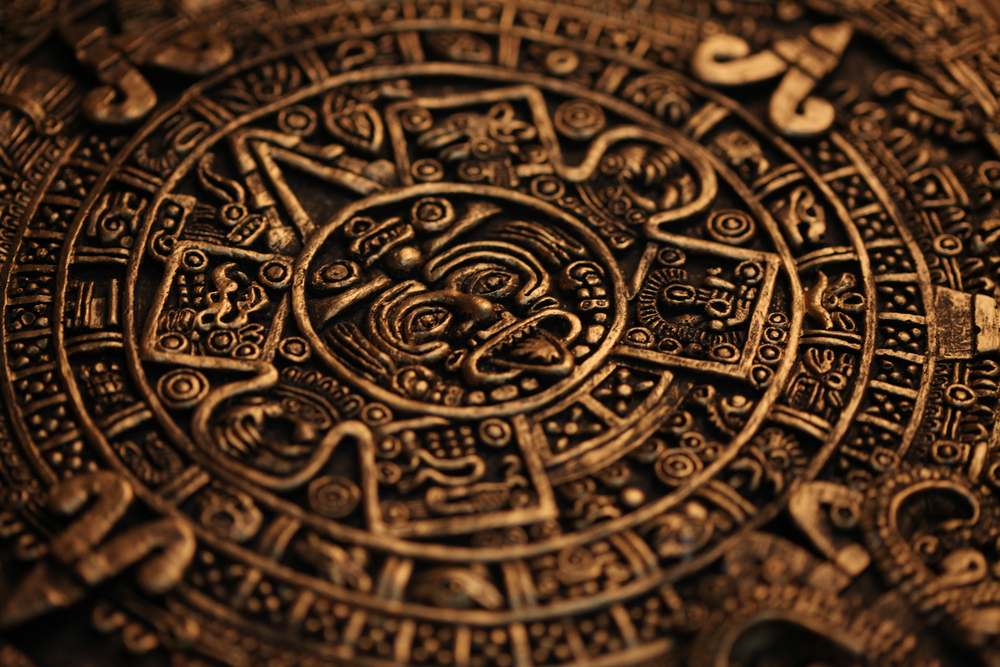
The Maya civilization, flourishing in Mesoamerica from around 2000 B.C. to the 16th century A.D., showcased extraordinary astronomical knowledge. They developed complex calendars with astonishing accuracy, predicting celestial events like solar eclipses. This demonstrates their deep understanding of the cosmos without modern technology, highlighting their ingenuity and the sophistication of ancient scientific practices.
Cleopatra Wasn’t Egyptian
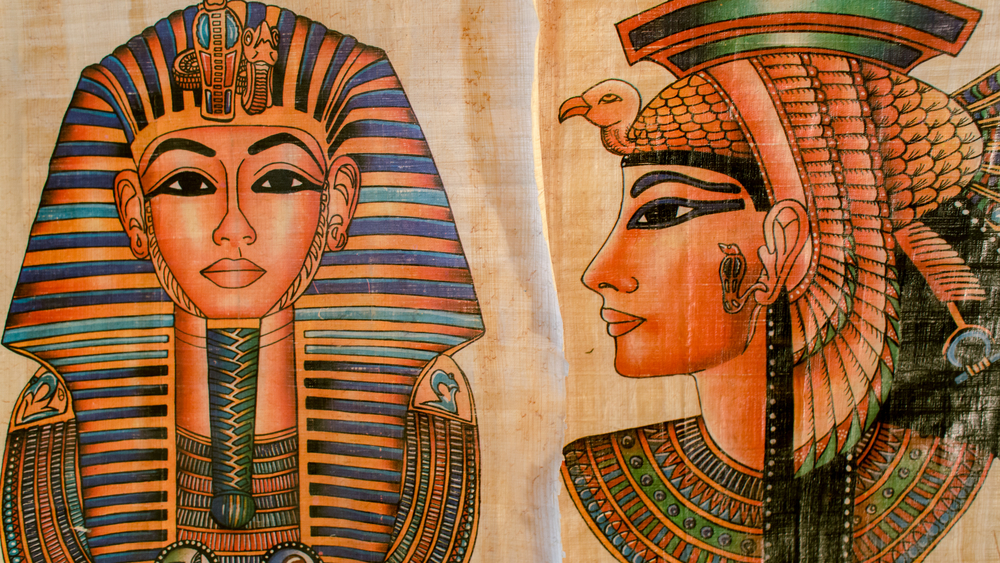
Cleopatra VII, one of history’s most famous figures, was actually of Macedonian Greek descent and part of the Ptolemaic dynasty that ruled Egypt after Alexander the Great’s conquest. Her foreign ancestry surprises many, revealing the multicultural layers of ancient Egypt and the interconnectedness of ancient civilizations through trade, marriage, and diplomacy.
The Hanging Gardens of Babylon
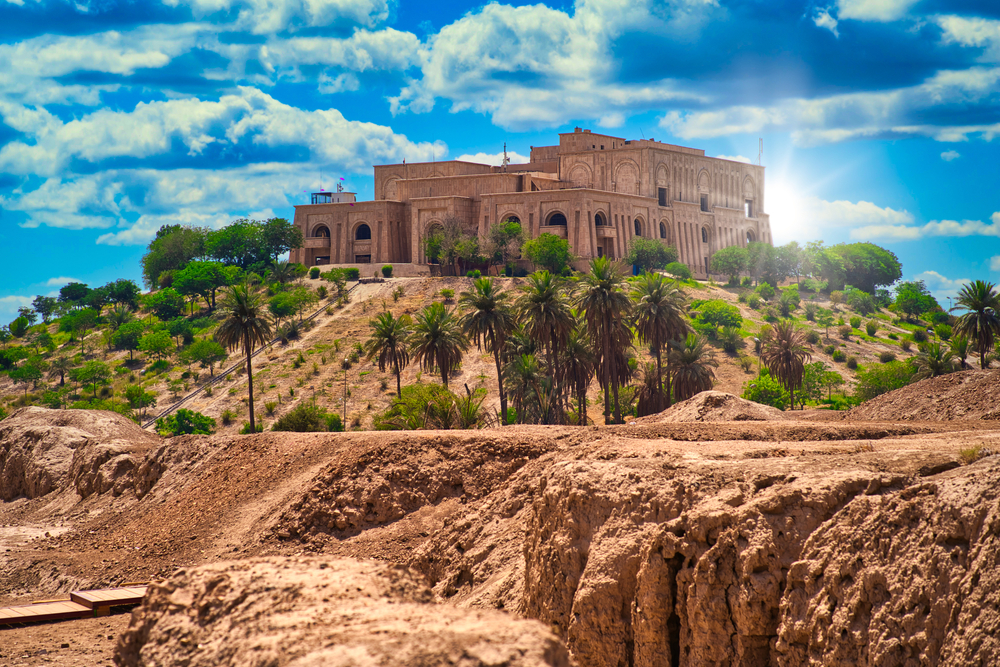
Considered one of the Seven Wonders of the Ancient World, the Hanging Gardens of Babylon are shrouded in mystery, with their existence not yet confirmed through archaeology. These legendary gardens said to be built by King Nebuchadnezzar II, symbolize the ingenuity of ancient engineering and the desire to create paradisiacal wonder amid arid landscapes.
The Great Wall of China
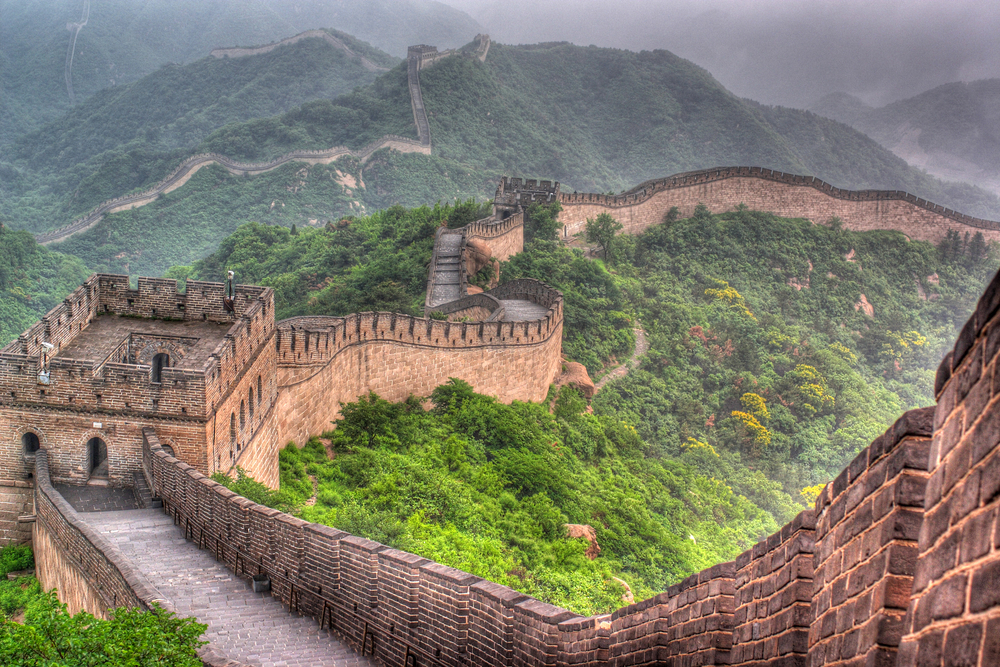
Constructed over several dynasties, the Great Wall of China is a marvel of ancient defense architecture stretching over 13,000 miles. It showcases the ancient Chinese capability to organize vast construction projects, manage logistics over enormous distances, and employ innovative building techniques to protect their empire from invasions.
Roman Aqueducts
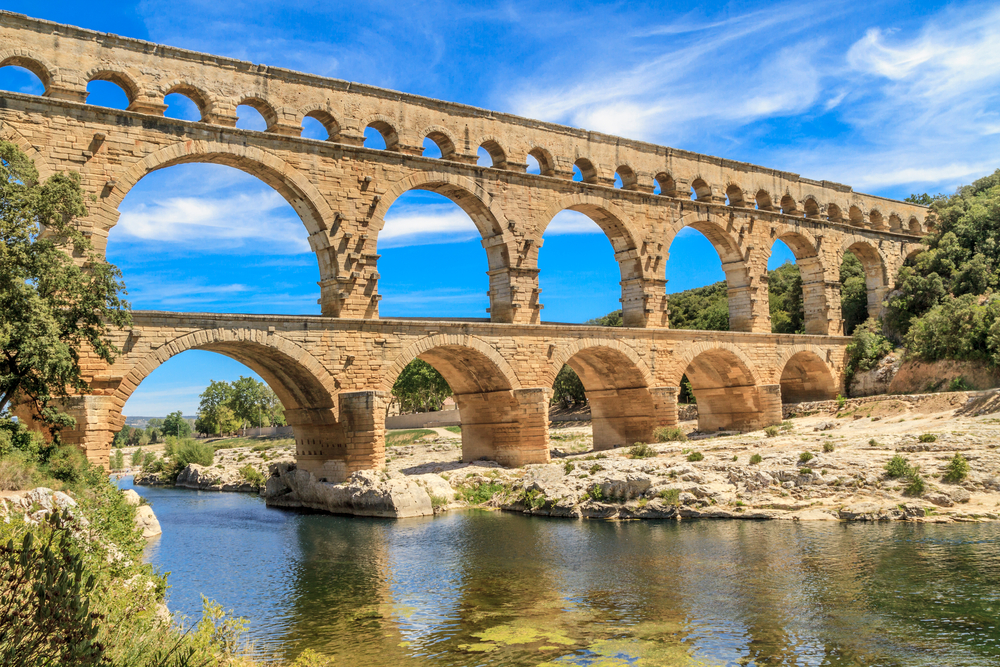
The Romans engineered an extensive network of aqueducts that transported water from distant sources into cities and towns, supporting public baths, fountains, and private households. This system illustrates the advanced engineering and urban planning skills of the Romans, highlighting their ability to combine utility with majestic architectural design.
Greece as the Birthplace of Democracy
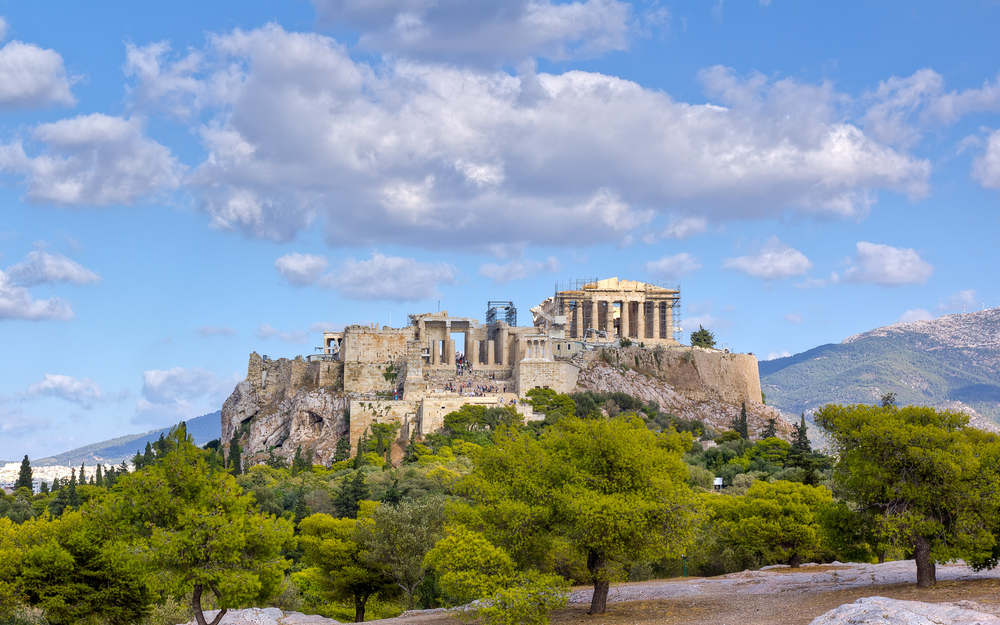
Ancient Greece is celebrated as the cradle of democracy, particularly in Athens around the 5th century B.C. The concept of citizens participating in decision-making laid the groundwork for modern democratic systems, reflecting the ancient Greeks’ innovative approach to governance and societal organization.
Mystical Pyramids of Egypt
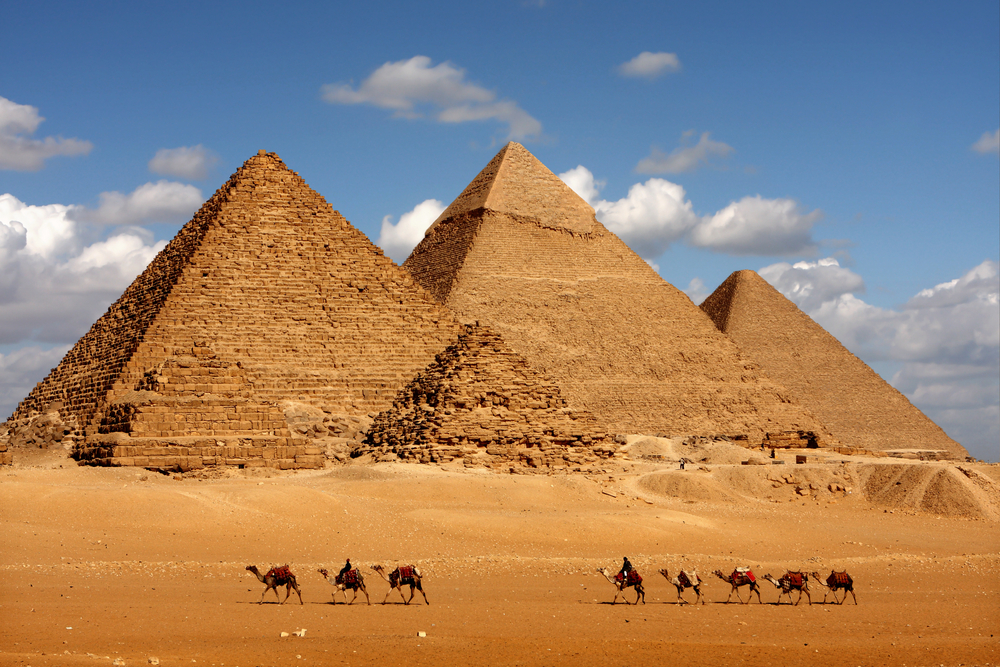
The pyramids, especially the Great Pyramid of Giza, are emblematic of ancient Egyptian engineering prowess. Constructed as tombs for pharaohs, these structures have astonished people for millennia with their geometric precision, scale, and the mystery of their construction techniques, symbolizing the ingenuity and spiritual depth of the ancient Egyptians.
Chinese Invented Toilet Paper
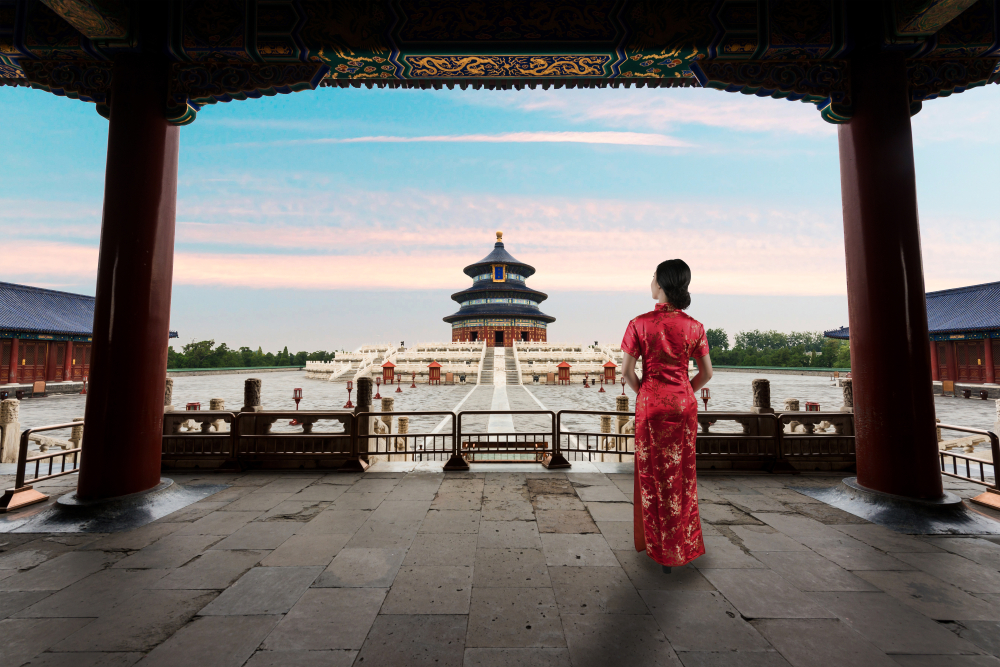
In the 6th century A.D., the Chinese were the first to use toilet paper, reflecting their long history of pioneering innovations in daily life. This invention, among others, underscores the advanced state of Chinese technology and its impact on personal hygiene and comfort.
Phoenicians Created the Alphabet
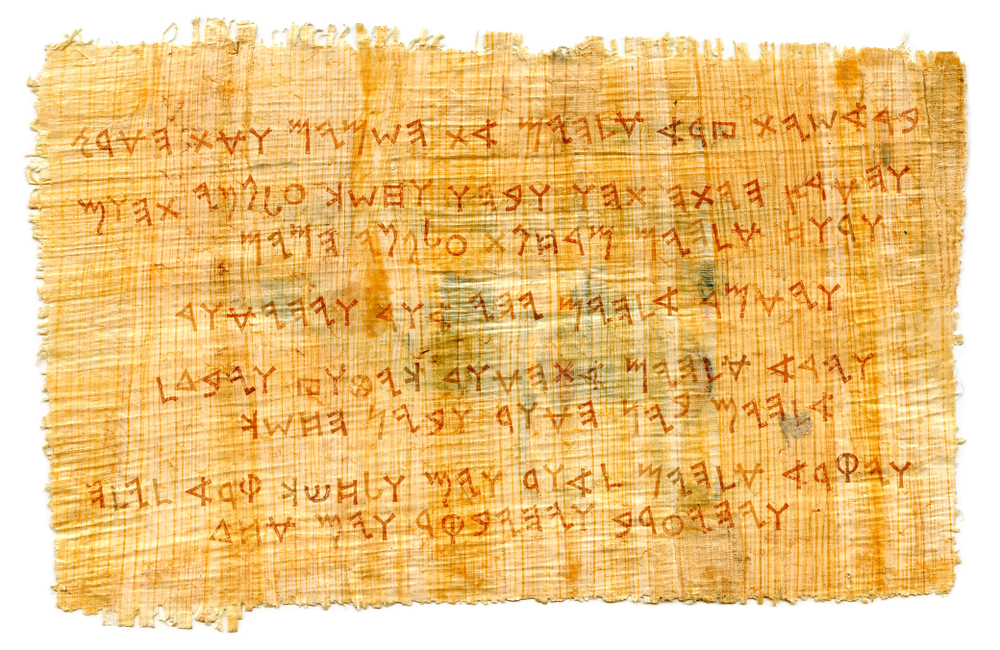
The Phoenicians, an ancient maritime civilization, developed the first alphabetic writing system around 1050 B.C. This innovation facilitated trade and communication across the Mediterranean, laying the foundation for modern alphabets and showcasing the Phoenicians’ crucial role in the development of written language.
Sumerian Cuneiform Writing
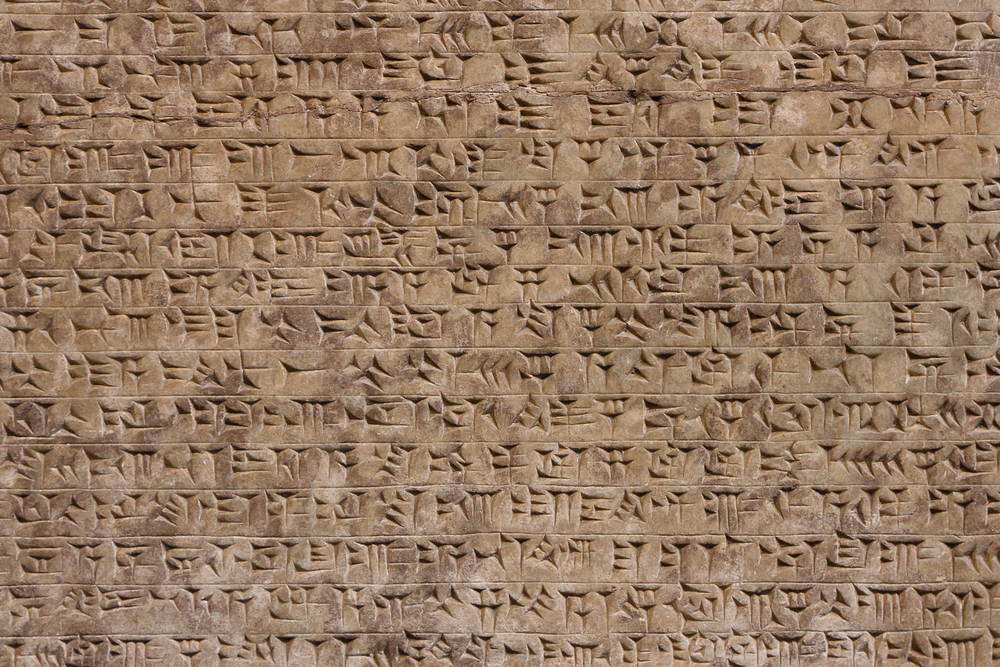
The Sumerians of Mesopotamia created one of the world’s earliest writing systems, cuneiform, around 3400 B.C. This system used wedge-shaped marks on clay tablets for record-keeping and literature, laying the groundwork for written communication and the preservation of knowledge, highlighting the ingenuity of early urban societies.
Ancient Indian Urban Planning of the Indus Valley
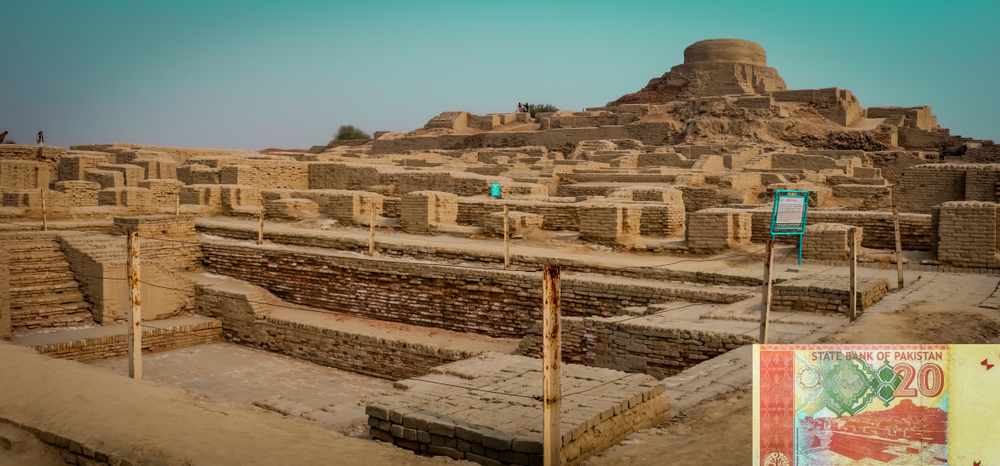
The cities of the Indus Valley Civilization, such as Harappa and Mohenjo-Daro (2600–1900 B.C.), were marvels of urban planning with a grid layout, advanced drainage systems, and standardized bricks. Their sophisticated city planning and sanitation systems demonstrate an early understanding of urban infrastructure and public health.
The Library of Alexandria in Ancient Egypt

The Library of Alexandria, established in the 3rd century B.C., was the ancient world’s most famous repository of knowledge, housing texts from various civilizations. It symbolizes the ancient quest for knowledge and the importance of scholarly research and cross-cultural exchange.
Olympic Games in Ancient Greece
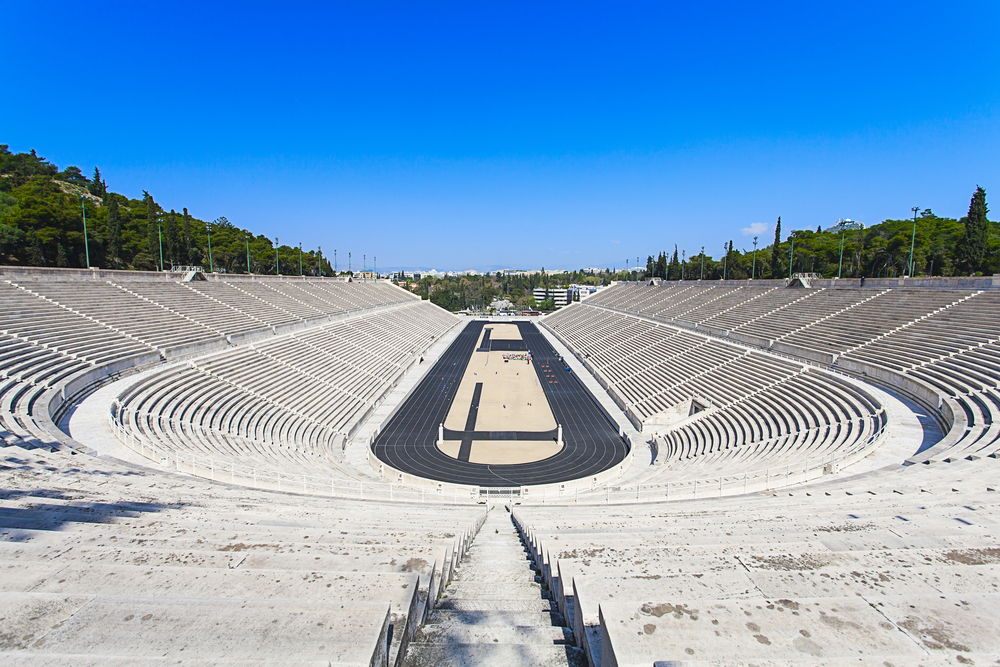
Beginning in 776 B.C., the Olympic Games were not only a sporting event but also a religious and cultural festival that united the Greek world. These games illustrate the ancient Greeks’ commitment to physical excellence, honor to the gods, and the fostering of peace and unity among city-states.
The Colosseum in Ancient Rome
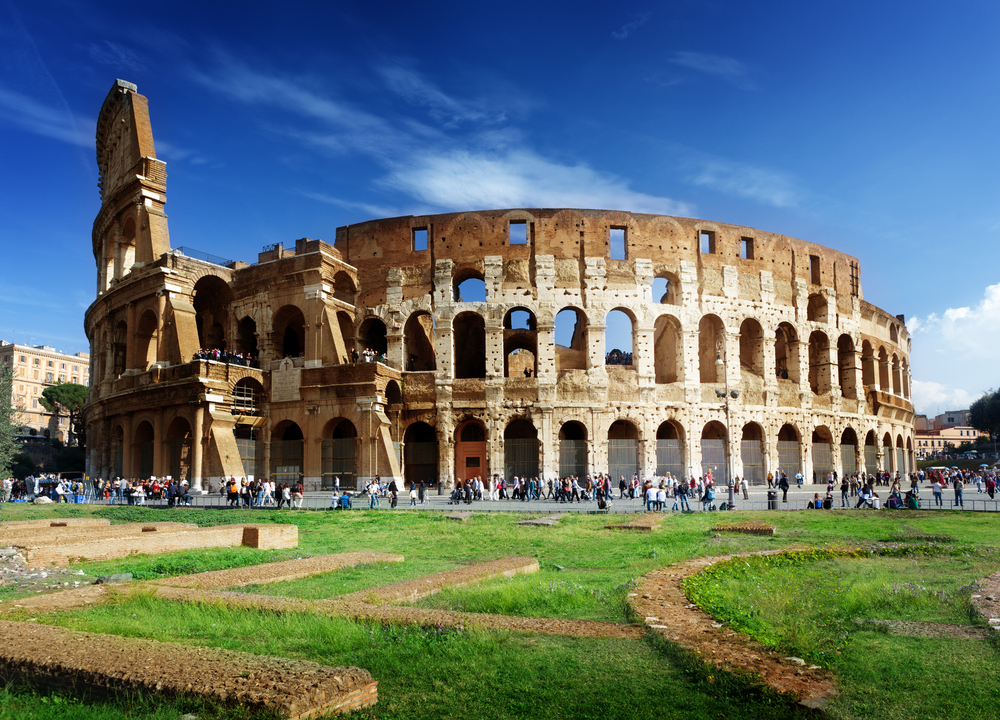
Constructed in the 1st century A.D., the Roman Colosseum was an architectural and engineering marvel used for gladiatorial contests and public spectacles. Its design and construction techniques demonstrate the Romans’ advanced engineering skills and their understanding of public entertainment.
The Terracotta Army in China
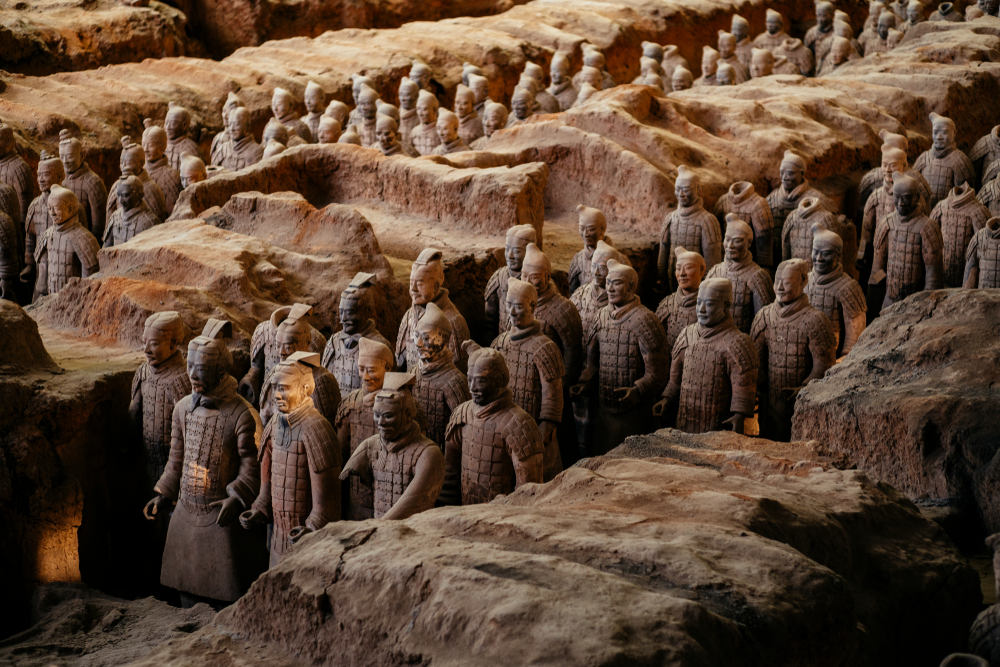
The Terracotta Army, buried with the First Emperor of China, Qin Shi Huang, in 210–209 B.C., consists of thousands of life-sized soldiers, chariots, and horses. This monumental creation showcases the artistic skill and the logistical and organizational capabilities of ancient China.
The Aztec Floating Gardens of Xochimilco
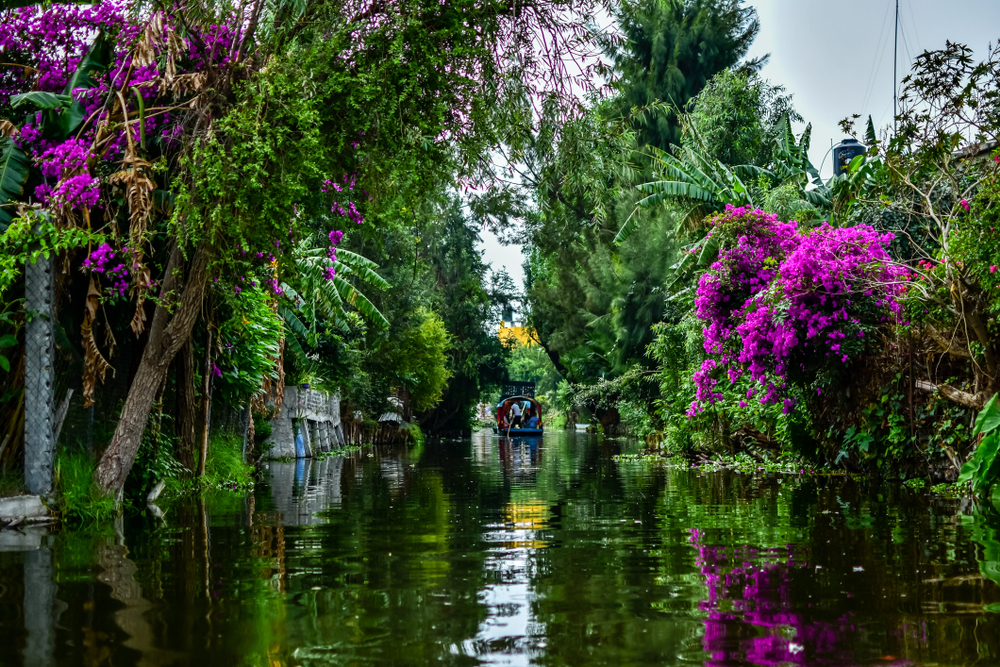
The Aztecs developed an innovative agricultural technique with floating gardens, or “chinampas,” allowing them to farm on lake surfaces around their capital, Tenochtitlán. This method of sustainable agriculture highlights the adaptability and ingenuity of the Aztecs in utilizing their aquatic environment.
The Inca Road System
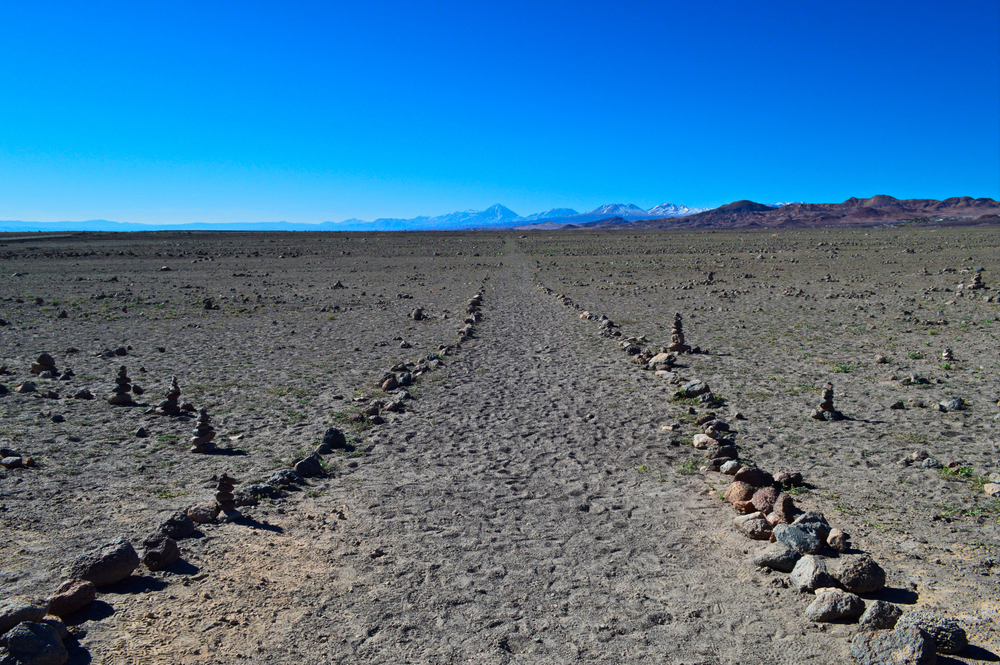
Spanning over 25,000 miles, the Inca road system connected various parts of their empire across South America, from Colombia to Chile. This extensive network facilitated communication, trade, and military movements, demonstrating the Incas’ advanced engineering and administrative capabilities.
Stonehenge in Ancient Britain
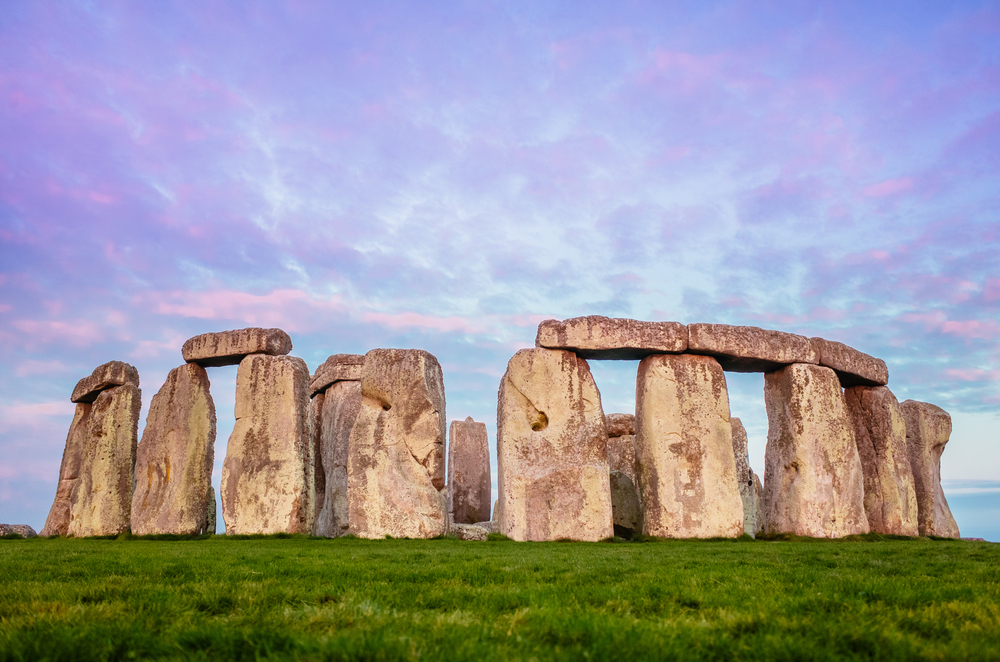
Stonehenge, constructed between 3000 B.C. and 2000 B.C., remains one of the world’s most famous prehistoric monuments. The alignment of its stones with solar and lunar events shows the builders’ astronomical knowledge and their dedication to creating a structure with both ceremonial and calendrical significance.
Minoan Frescoes of Ancient Crete
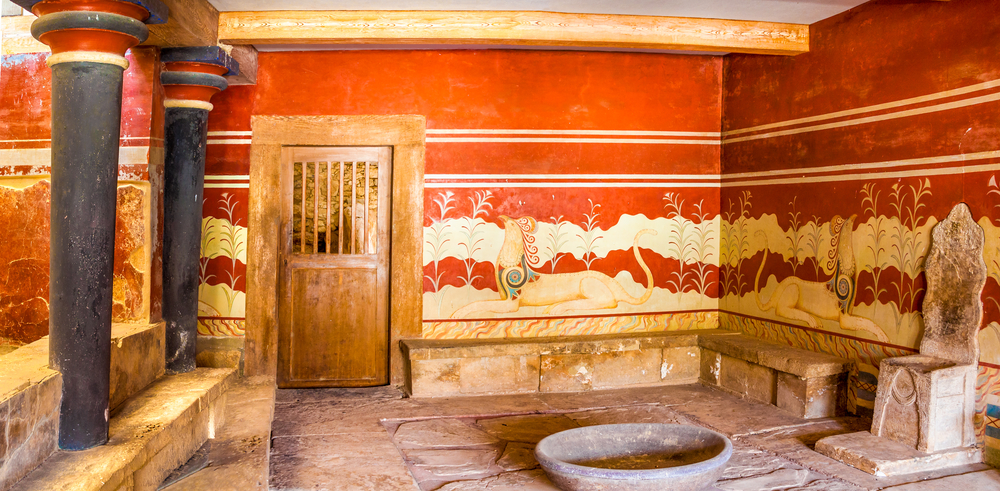
The vibrant frescoes found in the palace of Knossos, dating back to around 1700 B.C., reveal the artistic sophistication of the Minoan civilization. These artworks provide insight into the daily life, culture, and religious practices of one of Europe’s earliest advanced societies.
The Ziggurats of Mesopotamia
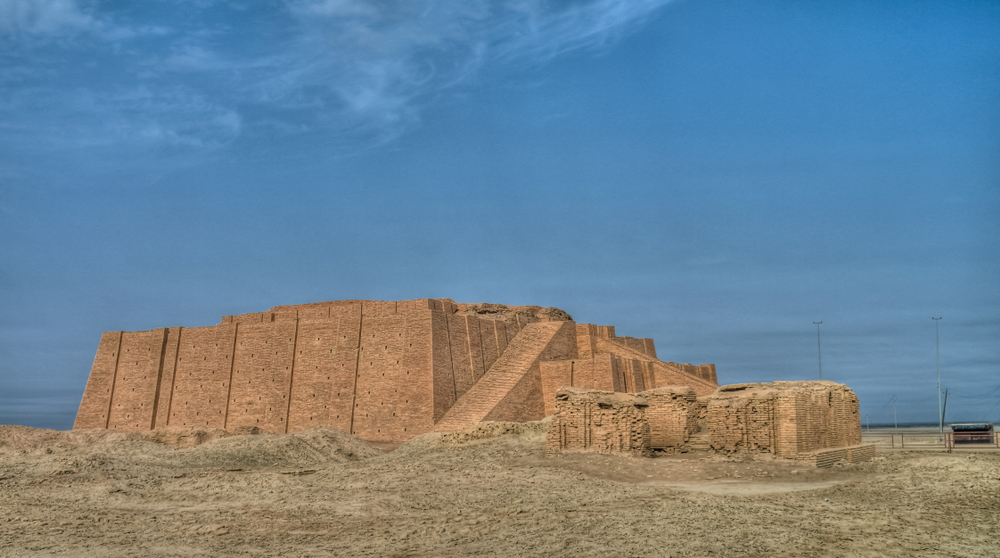
Towering stepped structures built by ancient Mesopotamians, ziggurats served as temples to the gods. Their monumental size and design reflect the religious devotion and architectural skill of the Mesopotamians, as well as their ability to mobilize and organize large-scale construction projects.
This article originally appeared on UnifyCosmos.
More from UnifyCosmos
20 Top Chefs Who Started as Fast Food Workers

Many of today’s culinary masters didn’t start at the top. In fact, some of the world’s top chefs began their gastronomic journeys flipping burgers and frying fries in fast food kitchens. Read More
20 Basic Etiquette Rules That Make Life Better for Everyone

Basic etiquette rules are essential for creating harmonious interactions in a diverse society. These rules, ranging from simple gestures like saying “please” and “thank you” to more complex behaviors like active listening and respecting personal boundaries, contribute to a more pleasant and respectful environment. Read More
21 Must-Visit Natural Wonders Around the World

Exploring the world’s natural wonders is like opening a book full of secrets and stories. These places, from towering mountains to deep blue seas, tell tales of the Earth’s past and present, offering us a glimpse into the incredible beauty and power of nature. Read More
Leave a Reply